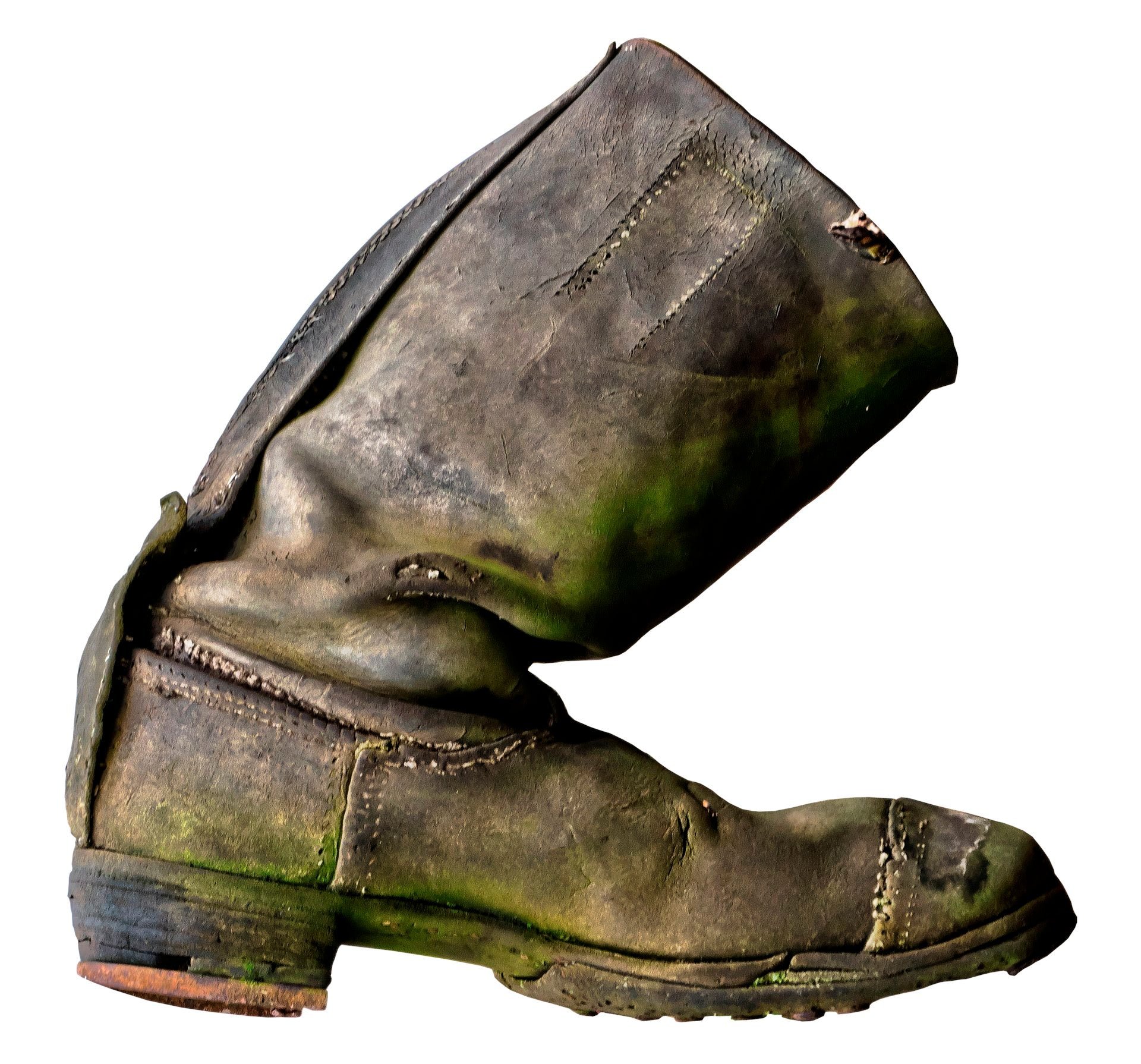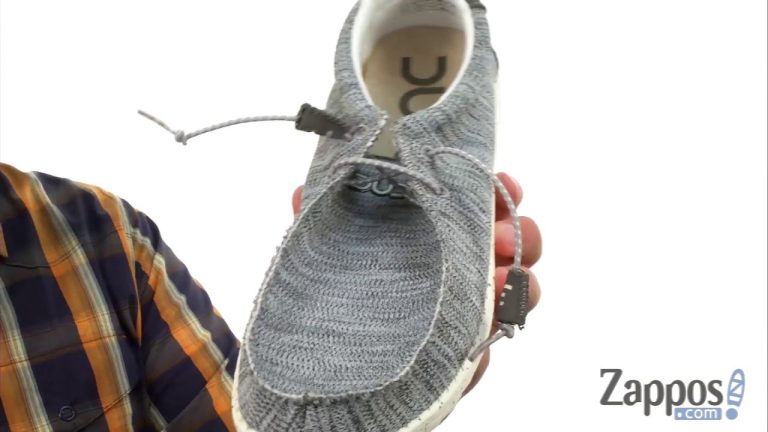Shoe rot. Two words that strike fear into the hearts of shoe owners everywhere. We’ve all experienced it at some point – that horrible smell emanating from our favorite pair of kicks, accompanied by the sight of slimy, discolored patches on the insole. So, what’s the solution to this repellent problem? How can we bid farewell to shoe rot and keep our footwear fresh and odor-free? Fear not, for we have the answers you seek. In this article, we’ll dive into the causes of shoe rot and explore effective ways to combat this pesky issue head-on. Say goodbye to embarrassing odors and hello to fresh-smelling shoes that you’ll be proud to strut in!
Understanding Shoe Rot and How to Prevent It
Shoe rot is a common problem that many people encounter with their footwear. This condition is characterized by the growth of fungus or bacteria, leading to unpleasant odors and the deterioration of shoe materials. If left untreated, shoe rot can not only cause discomfort but also damage your favorite pair of shoes. In this comprehensive guide, we will explore the causes of shoe rot, its effects, and provide helpful tips on how to prevent it. Let’s dive in!
Causes of Shoe Rot
Persistent Moisture and Dampness
One of the primary factors contributing to shoe rot is persistent moisture and dampness. When your shoes are exposed to wet environments or excessive sweating, the moisture gets trapped inside, creating an ideal breeding ground for bacteria and fungi.
Poor Ventilation and Air Circulation
Insufficient ventilation and poor air circulation within your shoes can exacerbate the growth of bacteria and fungi. When your shoes are unable to dry out properly, moisture becomes trapped, promoting the growth of microorganisms.
Wearing Shoes Too Frequently
Frequent and consecutive use of the same pair of shoes doesn’t allow them enough time to fully dry out. This can lead to the accumulation of moisture and provide a suitable environment for the growth of fungus and bacteria.
Effects of Shoe Rot
Unpleasant Odors
One of the most noticeable effects of shoe rot is the development of unpleasant odors. As bacteria and fungi multiply, they produce a foul smell that can be difficult to eliminate. This can be embarrassing and make wearing your shoes uncomfortable.
Material Deterioration
Shoe rot not only affects the smell of your shoes but also causes material deterioration. The microorganisms responsible for shoe rot can break down the shoe’s fabric, leather, or other materials, leading to discoloration, peeling, or cracking.
Skin and Foot Infections
The presence of bacteria and fungi in your shoes can also pose a risk to your skin and foot health. If you have any open cuts, sores, or abrasions on your feet, these microorganisms can enter through them, causing infections such as athlete’s foot or fungal nail infections.
Preventing Shoe Rot
Proper Shoe Care and Maintenance
Taking care of your shoes is crucial in preventing shoe rot. Here are some tips to help you maintain your shoes properly:
- Allow your shoes to air out after wearing by removing any insoles or inserts.
- Clean your shoes regularly with a mild detergent and warm water.
- Dry your shoes thoroughly before wearing them again.
- Apply a shoe deodorizer or antibacterial spray to eliminate odors.
- Use shoe trees or crumpled newspaper to help absorb moisture.
- Rotate your shoes to allow them enough time to dry out between uses.
Choose the Right Socks
Wearing moisture-wicking socks made from breathable materials can help prevent excessive sweat buildup inside your shoes. Avoid wearing socks made of synthetic materials that can trap moisture and contribute to shoe rot.
Alternate Shoe Usage
Avoid wearing the same pair of shoes every day. Give each pair at least 24 hours to dry out before wearing them again. This allows any trapped moisture to evaporate and reduces the risk of shoe rot.
Keep Feet Dry
Ensuring your feet are dry before putting on your shoes can help prevent shoe rot. Towel-dry your feet thoroughly after showering or engaging in activities that cause excessive sweating.
Avoid Wet Environments
Try to avoid wearing shoes in wet environments whenever possible. If you do find your shoes getting wet, promptly dry them out using a towel or newspaper and allow them to air dry thoroughly before wearing them again.
Conclusion
Dealing with shoe rot can be bothersome, but with proper care and attention, you can prevent it from occurring. Remember to keep your shoes clean, dry, and well-ventilated. By following the preventive tips shared in this guide, you can ensure your shoes remain fresh, odor-free, and in good condition for a long time. Don’t let shoe rot ruin your favorite pair of footwear—take proactive measures and enjoy healthy, well-maintained shoes that will last!
Why do my unworn shoes fall apart? (Polyurethane Soles) – Foot Geekz
Frequently Asked Questions
What is shoe rot and why does it occur?
Shoe rot, also known as shoe fungus or shoe mildew, is a common problem where shoes develop a foul odor and show signs of fungal growth. This occurs when moisture gets trapped in shoes, creating a damp environment that is conducive to fungal growth. Sweat, rain, or wearing shoes without proper ventilation can contribute to this issue.
How can I prevent shoe rot?
To prevent shoe rot, it is essential to keep your shoes clean and dry. Here are some tips: 1) Allow your shoes to air out after use and avoid wearing them for extended periods without giving them a chance to dry; 2) Use moisture-absorbing products such as cedar shoe trees or silica packets inside your shoes to help absorb excess moisture; 3) Alternate between different pairs of shoes to allow them time to dry out completely; 4) Clean your shoes regularly, especially if they have been exposed to moisture.
Can shoe rot be treated and eliminated?
Yes, shoe rot can be treated and eliminated. Here are some effective methods: 1) Clean your shoes thoroughly with a mixture of warm water and mild soap, then allow them to dry completely; 2) Use antifungal sprays or powders specifically designed for shoes to help kill the fungus; 3) Consider using odor-absorbing insoles or shoe deodorizers to help eliminate the unpleasant smell associated with shoe rot.
Are certain types of shoes more prone to shoe rot?
Yes, some types of shoes are more prone to shoe rot than others. Shoes made from non-breathable materials like rubber or synthetic fabrics tend to trap moisture, creating an ideal environment for fungal growth. Shoes with poor ventilation, like closed-toe designs or those with minimal airflow, are also more susceptible to shoe rot.
Can shoe rot affect my health?
While shoe rot itself may not directly cause significant health issues, the fungi that cause it can lead to other problems. If left untreated, the fungus may spread to your feet or toenails, causing athlete’s foot or fungal nail infections. It is important to address shoe rot promptly to prevent potential complications.
Final Thoughts
In conclusion, shoe rot is a common problem that many individuals face due to various factors such as inadequate ventilation, moisture buildup, and fungal growth. It not only affects the appearance and durability of shoes but also poses health risks. Preventive measures like proper drying and storage, regular cleaning, and use of anti-fungal products can help mitigate this issue. Additionally, investing in high-quality shoes and wearing moisture-wicking socks can also contribute to preventing shoe rot. By implementing these strategies, individuals can protect their footwear and extend its lifespan, ensuring that shoe rot remains a thing of the past.






